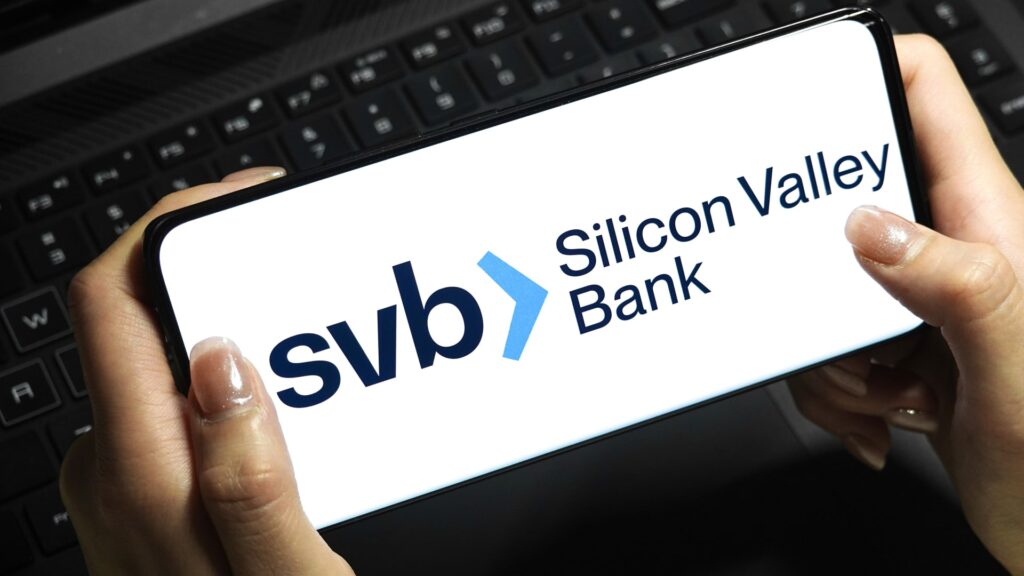Phew, that was close. Too close. There was so much fear engendered by the events of the last 72 hours since Silicon Valley Bank collapsed that we’ll have investors who want to sell no matter what. That posture is ill-advised. The fact is the Federal Reserve and other U.S. regulators did everything a rational bull could hope for, and a little more than that, to mitigate contagion from the SVB failure. Let’s cut to the chase: What the Fed and Treasury did Sunday evening was take a huge chunk of risk — and losses — off the table by promising to make SVB depositors whole (and those of smaller Signature Bank in New York, which was shuttered Sunday). It was a move I pushed for earlier in the day on Sunday. If the Fed had not acted the way it did, I am convinced we would have been in a recession by Friday. You can’t just wipe out a bank and about $170 billion in SVB deposits and expect to see business as normal in the country. Anyone, I mean anyone, who had more than $250,000 in an account with a bank would, Monday, have sent that money to JPMorgan , which has the best balance sheet. Period. So, while there were plenty of people I heard Sunday evening and will hear Monday who will talk about moral hazard, the unintended consequences of doing nothing is to throw a huge number of people out of work because of the errors of one bank. That’s just wrong. It is what the Fed was set up to stop. What it means for markets I want to go into the markets first before I go into what happened. The actions Sunday evening were, per se, bullish versus what was going on since last Tuesday when Fed Chairman Jerome Powell said things were still running too hot. After this weekend’s events, he has to question that. If he’s prudent, Powell should say we have to wait and see and may not even raise interest rates by 25 basis points at the Fed’s policy meeting later this month. If he feels the 25 was already a done deal, so be it. But it would be a little hasty not to wait and see who has…
Read the full article here





